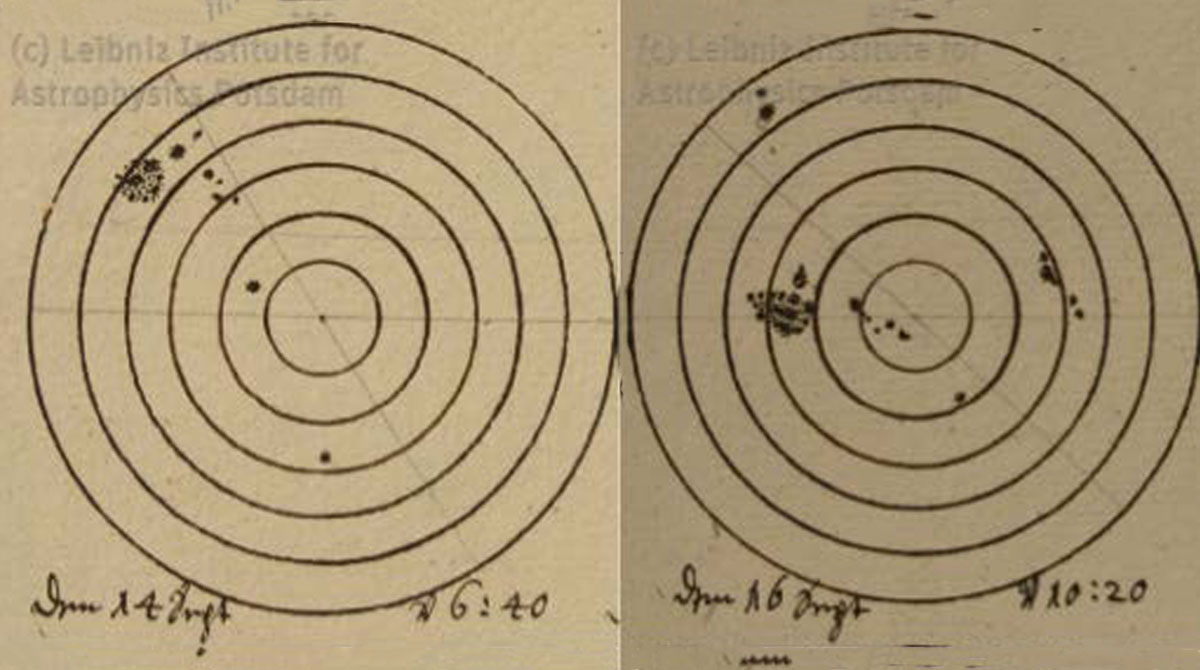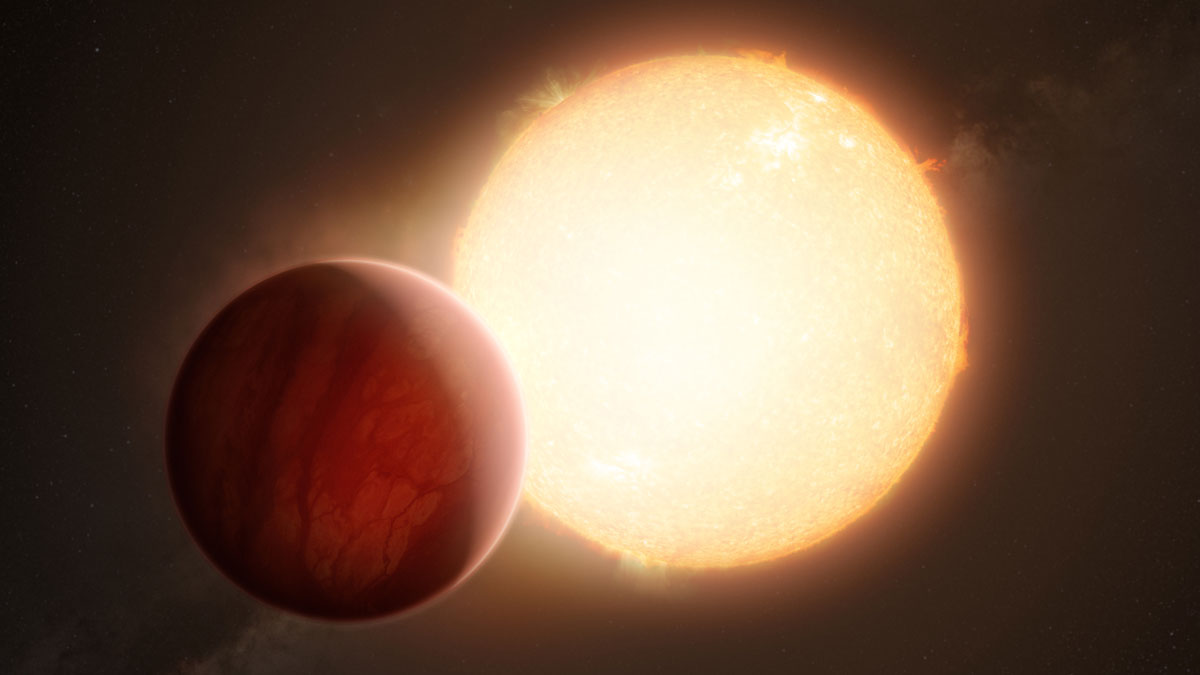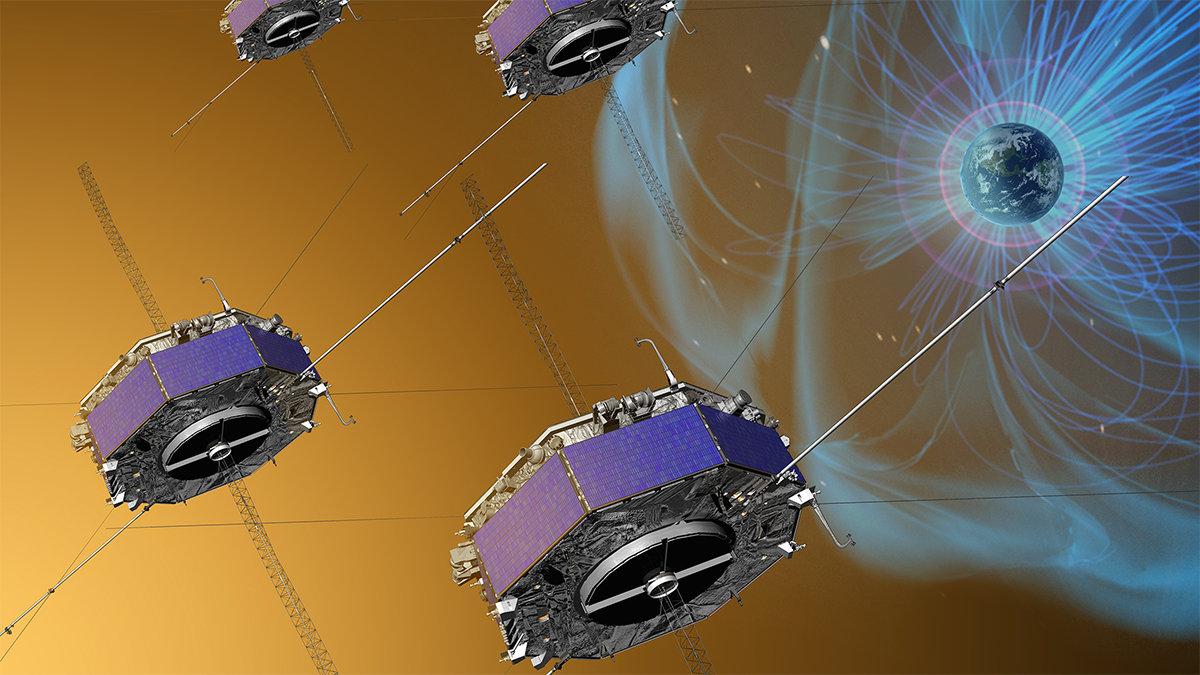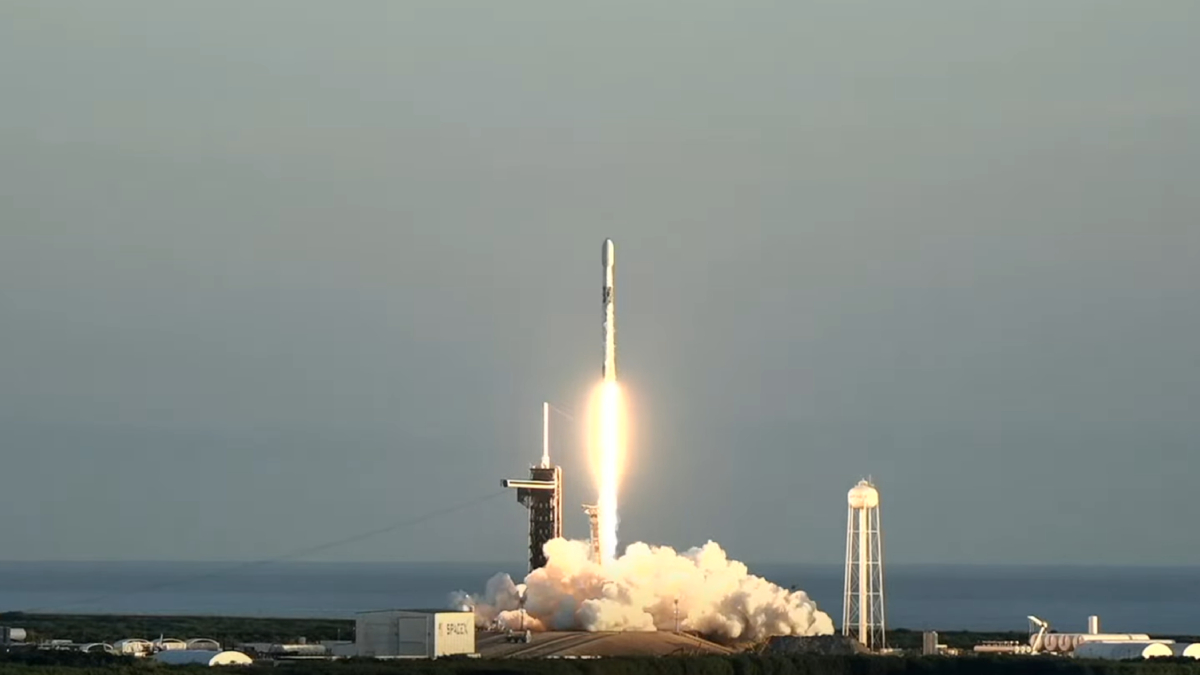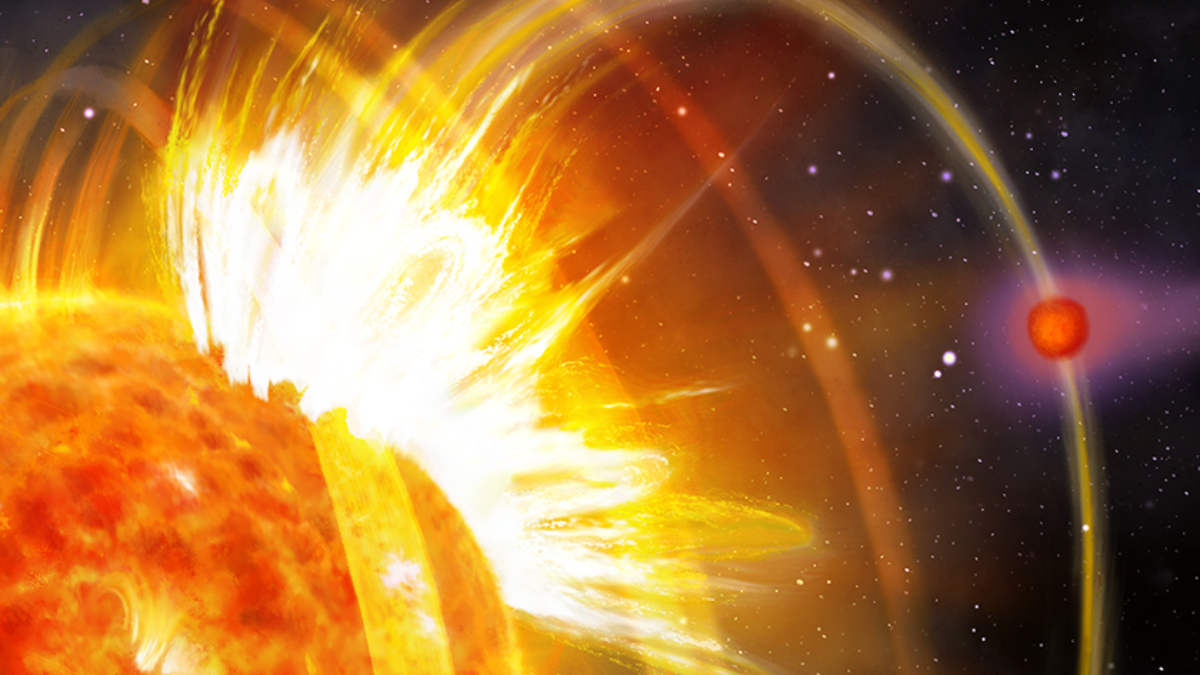A new computational framework is helping scientists sift through centuries of scientific illustration of the Sun’s spotty surface.
the Sun
Planet-Eating Stars Hint at Earth’s Ultimate Fate
A sampling of aging Sun-like stars demonstrates that they likely eat their closest planets.
Magnetic “Switchback” Detected near Earth for First Time
Until recently, this type of zigzag shape—formed by energetic rearrangement of magnetic field lines—had been seen only near the Sun.
Trio of Space Weather Satellites Take Flight
These three satellites will that study the solar wind and its impacts.
Exoplanet Triggers Stellar Flares and Hastens Its Demise
HIP 67522 b can’t stop blasting itself in the face with stellar flares, a type of magnetic interaction that scientists have spent decades looking for.
Why Subsequent ICMEs are More Geoeffective
A new study demonstrates how an interplanetary coronal mass ejection (ICME) clears the path for following transients and explains why subsequent ICMEs are more geoeffective.
Earth’s Energy Imbalance is Growing Faster Than Expected
Satellite observation of the imbalance between incoming and outgoing radiation in the atmosphere, which causes global warming, shows growth beyond what climate models have predicted.
Watching a Solar Event from All Angles
A fleet of spacecraft captured unprecedented details of the major solar outbursts in May and June 2024.
Earth May Survive the Sun’s Demise
A distant white dwarf hosts an Earth-like planet in an orbit that might be similar to Earth’s if it survives the Sun’s red giant phase.
Spectral Solar Radiative Transfer in Plant Canopies
Spectrally resolved radiative transfer is needed to compute reliable estimates of sunlight transmission and photolysis of molecules within plant canopies.

